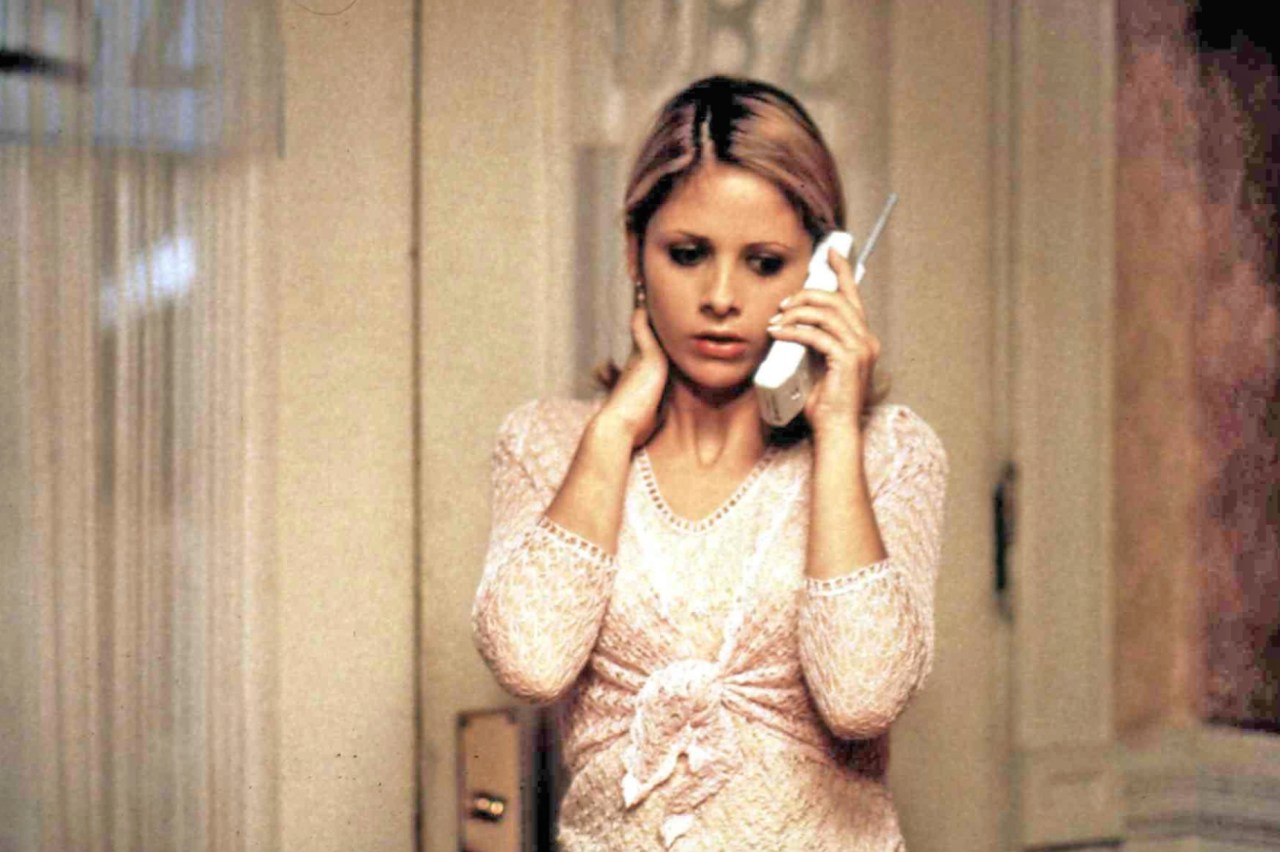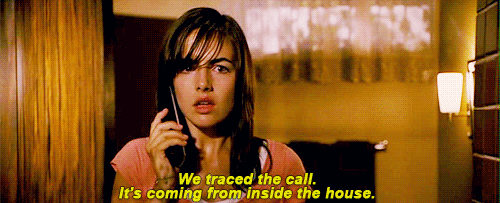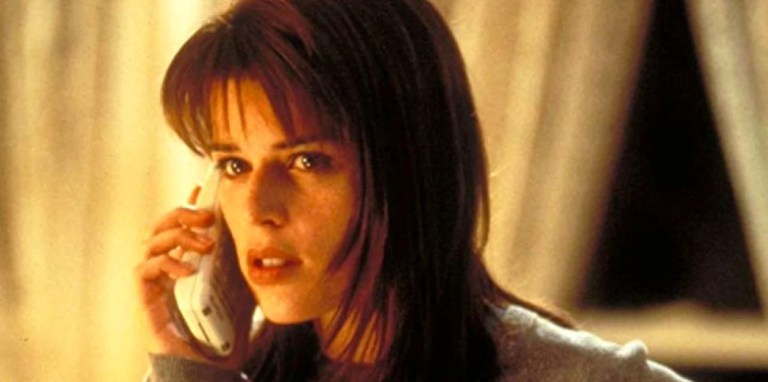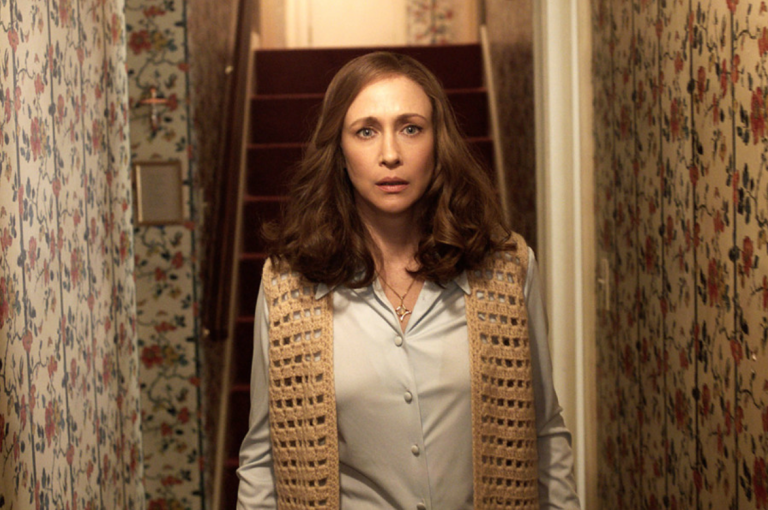
The Creepy History Of The ‘Call Is Coming From Inside The House’ Trope
As iconic as a man in a mask with a butcher knife or a teen at a cabin in the woods tentatively whimpering “who’s there?” into the darkness, “the babysitter and the man upstairs” is one of those horror tropes we are so familiar with it barely registers that this is a cultural trope, not a universal law of nature. There is no natural order that suggests babysitters should be a special class of prey for Boogeymen. Officially, the urban legend has existed since the 1960s when word of mouth morality tales like “The Hook” and “The Vanishing Hitchhiker” were still mostly told in person. However, the real origin story happened in 1950 when teenager Janett Christman was babysitting for a family friend.
Typically, the “babysitter and the man upstairs” trope goes something like this:
A teenage girl is babysitting at night. The children have been put to bed upstairs and the babysitter is downstairs, watching television. The phone rings; the caller tells her, “Check the children.” The adolescent dismisses the call and goes back to watching television. The anonymous caller dials back several times. Eventually the babysitter calls the police, who inform her they will trace the next call. After the stranger calls again, the police return her call, advising her to leave immediately. She evacuates the home and the police meet her. They explain that the calls were coming from inside the house, and that the unidentified prowler was calling her after killing the children upstairs.

Janett Christman was 13-years-old when she was hired to babysit 3-year-old Gregory Romack in March of 1950. That night, she decided to babysit rather than attend a school party as she had just purchased a new outfit on installment and wanted to pay it off. At 7:30pm, she arrived at the Romack’s home outside of the small town of Columbia, Missouri.
Before the Romacks left for the night, Ed Romack brought his shotgun out and placed it by the front door. He showed Janett how to load and shoot the gun and told her to not to answer the door without turning on the porch light first to make sure she recognized whoever was there. It is not mentioned whether that was normal for the time and the area or if Ed Romack suspected Janett might run into trouble that night.

At 10:35pm the local police department received a call from a girl screaming “Come quick!” before the line cut out. Unfortunately, in the 1950s technology did not exist for them to trace the call and there was nothing they could do as they could not identify the caller. The Romack’s called home before 11pm but did not get an answer.
When the Romacks returned home at 1:30am, they opened their front door to a pool of blood. Janett was pronounced dead at the scene. She had been raped and then strangled to death and had struggled with her attacker significantly before succumbing. The porch light had been turned on and the phone had been pulled out from the wall, likely disconnected while Janett was attempting to call for help. Fortunately, Gregory Romack was found upstairs still asleep in his bed.
Janett’s case is officially unsolved. However, Janett’s family and the Romack’s believe a local man named Robert Mueller may have been responsible. Robert was an old friend of Ed Romack’s who had mentioned he liked Janett. Janett also babysat for Mueller’s children, and he asked her to babysit that night but she told him she would be at the Romack’s house. A few days before the murder, Mueller had groped Mrs. Romack, who said he gave her the creeps. Ed said Mueller told him he could have murdered Christman and then “forgotten about it”. Robert Mueller died in 2006.
Janett’s story inspired some of the most well-known horror movies of all time: Black Christmas (1974), Halloween (1978) and When a Stranger Calls (1979). All three movies have sequels and remakes.








